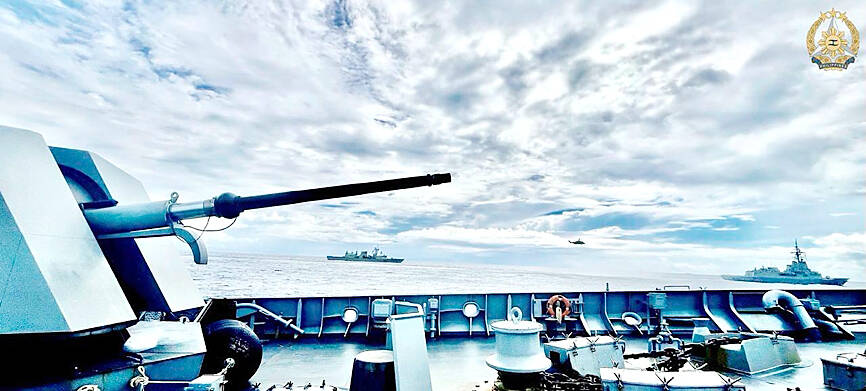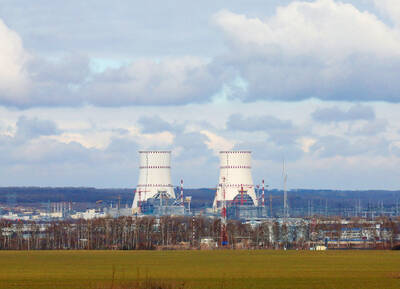As the end of the four-month rainy season approaches in Mexico City, it has finally begun to rain. But the daily downpours, which have overwhelmed the city’s drainage network and flooded the subway stations, arrived too late.
Mexico is experiencing its worst drought in six decades. Crops are drying up in the fields and water is being rationed in the capital. Residents of poor neighborhoods have hijacked water trucks and there are other signs of social tensions building.
El Nino, a weather pattern that warms water in the Pacific Ocean and leads to changing weather around the Pacific Basin, is causing the drought, Mexican officials say.
The rainy season typically begins in June. Rain falls almost daily in most of the country, irrigating the spring planting and filling reservoirs before the dry months. But this year, the first three months of the rainy season were dry.
Almost 40 percent of the farm land inspected by the government has been affected by the drought, causing shortfalls in the harvests of corn, beans, wheat and sorghum. The Mexican government is spending more than US$100 million to buy emergency crop insurance and dispense direct aid to farmers.
The drought has forced the 20 million residents of Mexico City and its suburbs to confront the vulnerability of their water supply.
The Aztecs built Mexico City, or Tenochtitlan, on an island within a network of shallow lakes. Dykes and canals regulated the flow of water across the vast basin and held back floodwaters.
But the Spanish conquerors set about draining the lakes, and a century ago, the city began to extract water from wells drilled to the water table below. About 70 percent of Mexico City’s water is now pumped out of the aquifer at a rate more than twice as fast as rainfall is able to replenish it.
The other 30 percent of the city’s water is pumped from reservoirs. As the level in those reservoirs was depleted this spring, the city began to restrict water supply in different areas for several days at a time.
The city also began to exhort residents to save water and fix leaky faucets.
As much as a third of the city’s water supply is lost to leaks in homes and in pipelines.
The city government heavily subsidizes the cost of water and Ramon Aguirre, the official in charge of the water supply, said last month that he would lobby the city assembly to drop the subsidy for large consumers.
On the wealthy west side of Mexico City, green lawns and shiny cars are evidence of how much water households use. A study by the National Polytechnic Institute estimated that the city’s wealthy households consumed four to fives times as much water as poor households on the city’s east side.
In many poor neighborhoods, the water supply has been cut off frequently and many people start lining up at 4am to ask for water trucks to fill tanks in their houses.
Last week, after the most intense downpour in 10 years, reporters immediately asked Aguirre whether all the rain would ease the shortage.
But for the rain to enhance the water supply, it had to fall to the west of Mexico City, where the reservoirs are. Instead, the rain fell on the city, got swept into the drains and eventually emptied into the Gulf of Mexico.

Philippine President Ferdinand Marcos Jr has fired his national police chief, who gained attention for leading the separate arrests of former Philippine president Rodrigo Duterte on orders of the International Criminal Court and televangelist Apollo Carreon Quiboloy, who is on the FBI’s most-wanted list for alleged child sex trafficking. Philippine Executive Secretary Lucas Bersamin did not cite a reason for the removal of General Nicolas Torre as head of the 232,000-member national police force, a position he was appointed to by Marcos in May and which he would have held until 2027. He was replaced by another senior police general, Jose

STILL AFLOAT: Satellite images show that a Chinese ship damaged in a collision earlier this month was under repair on Hainan, but Beijing has not commented on the incident Australia, Canada and the Philippines on Wednesday deployed three warships and aircraft for drills against simulated aerial threats off a disputed South China Sea shoal where Chinese forces have used risky maneuvers to try to drive away Manila’s aircraft and ships. The Philippine military said the naval drills east of Scarborough Shoal (Huangyan Island, 黃岩島) were concluded safely, and it did not mention any encounter with China’s coast guard, navy or suspected militia ships, which have been closely guarding the uninhabited fishing atoll off northwestern Philippines for years. Chinese officials did not immediately issue any comment on the naval drills, but they

POWER CONFLICT: The US president threatened to deploy National Guards in Baltimore. US media reports said he is also planning to station troops in Chicago US President Donald Trump on Sunday threatened to deploy National Guard troops to yet another Democratic stronghold, the Maryland city of Baltimore, as he seeks to expand his crackdown on crime and immigration. The Republican’s latest online rant about an “out of control, crime-ridden” city comes as Democratic state leaders — including Maryland Governor Wes Moore — line up to berate Trump on a high-profile political stage. Trump this month deployed the National Guard to the streets of Washington, in a widely criticized show of force the president said amounts to a federal takeover of US capital policing. The Guard began carrying

Ukrainian drone attacks overnight on several Russian power and energy facilities forced capacity reduction at the Kursk Nuclear Power Plant and set a fuel export terminal in Ust-Luga on fire, Russian officials said yesterday. A drone attack on the Kursk nuclear plant, not far from the border with Ukraine, damaged an auxiliary transformer and led to 50 percent reduction in the operating capacity at unit three of the plant, the plant’s press service said. There were no injuries and a fire sparked by the attack was promptly extinguished, the plant said. Radiation levels at the site and in the surrounding